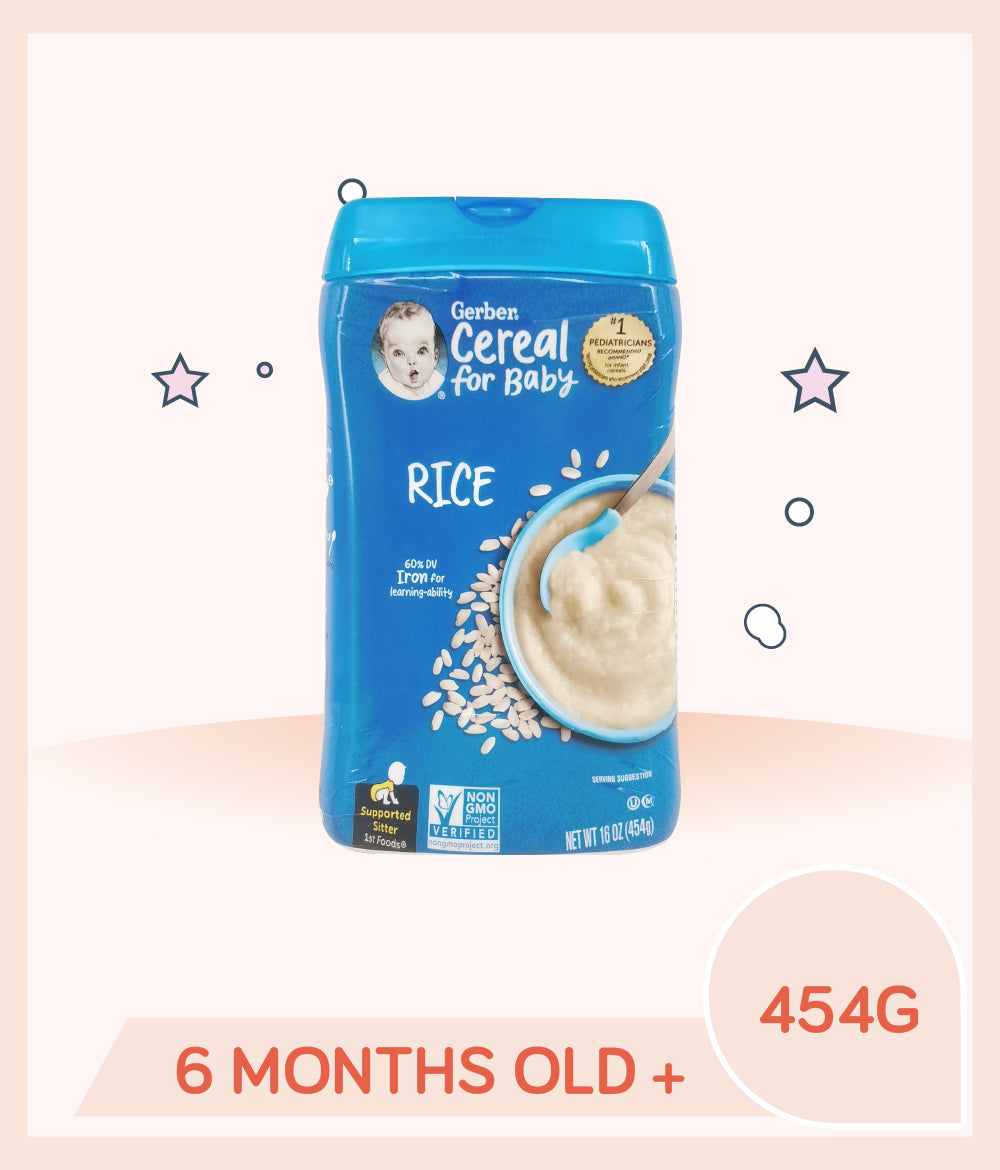As your baby approaches the six-month mark, milk alone would no longer be enough for your baby to meet all the energy and nutrients needed. Complementary feeding or better known as, weaning begins!1,2
You see, at this point, baby start recognising a spoon when it is time to eat1 and weaning can be a really exciting journey for you and your baby! You are introducing your baby one of life’s real pleasures now! But just like everything else, weaning can be challenging and there will be times where mommies just have to wing it to test out what is a Yes or No for your baby.
Frustrating times when baby decide to throw a tantrum and refuses to eat can really … drive you nuts. Yes mommies, we all know how difficult it can be sometimes, and that’s why we decided to give you a little helping hand on tips that you may find useful during this bittersweet weaning journey.

Take it slow, especially at the beginning
Do not worry about how much your baby is eating now! Eating is a brand new thing and a whole new skill. Key is to get them used to the new tastes and textures, allowing them to learn how to move solid foods around their mouth and how to swallow them. They’re still getting most of their energy and nutrients from breastmilk, so don’t panic when baby is spitting out a lot.3

Watch for your baby’s eating cues
Let your baby show you when they’re hungry or full and go according to their pace. When baby close their mouth firmly or turn their head away, this could show signs that your baby is full3 and mommy should stop feeding baby when these signs are shown. On the other hand, if baby opens their mouth and gets excited when you’re about to feed them, you know baby is hungry with these signs.3 Most importantly, do not force baby to eat.2,3 Wait until the next time if baby is not interested to eat.
One new taste at a time
Begin introducing single flavour of solid food as a start so that baby’s precious palate learns to recognise individual flavours. This may also help to identify if your child has any problems with particular food, such as food allergies.3 Wait a couple of days between each new food. Babies are born with a preference for sweet tastes, and it can take them longer to accept savoury, bitter or sour flavours. That’s why we would recommend mommies to introduce vegetables as baby’s first tastes. Once baby is happy and used to the taste, start offering different flavours. One at a time, start with 2 to 3 teaspoons and gradually increase as you go.2

|
Begin flavours with
|
Example of foods
|
|---|---|
|
Vegetables flavour with a slight bitter taste
|
cauliflower, broccoli, spinach, brinjal |
| Savoury taste | beans, white fish, chicken, pasta, eggs |
| Sweeter vegetable taste | carrots, peas, corn, radish |
After experiencing a range of flavours, time to introduce sweeter flavours! (sweet potatoes, all range of fruits from mangoes, apples, oranges to berries).

Your baby won’t like everything!
When baby make a fuss or turns up his nose at a particular taste, don’t force them to eat something that they are still getting used to. Don’t give up that particular food either! It may take up to 10 tries or more for your baby to get used to a new taste.3 Re-introduce the food again after a week or two, before you know it, your baby may love it already! His tastes are changing and developing day by day, it’s not surprising that there will be days he hates the food that loved, or he is eating lesser or he reject everything. Don’t worry, this is perfectly normal for someone who is rapidly growing!

Let them enjoy touching and holding the food
We know mommies, we understand how messy it can be. When you’re so tired from everything, you just want to do it yourself to feed your baby, and not allowing a single bit of food to drop on the floor. Like ugh, so frustrating, you just want to save yourself a hassle from all the annoying cleaning and tidying. Yeap… Sorry to break this news to you, mommies, can’t save so much from that hassle, but do allow your baby to feed themselves using their fingers. Let them hold a spoon or another spoon to try feeding themselves. All that hassles, is just to build their motor development skills!3 It will be all worth it at the end when you finally watch your baby eating on their own.
References
- US Department of Health and Human Services (DHHS) and USDA. 2020–2025 Dietary Guidelines for Americans. [Internet]. 9th ed. Washington (DC): US DHHS and USDA; 2020; [cited 8 November, 2021].
- World Health Organization. Infant and young child feeding: model chapter for textbooks for medical students and allied health professionals. World Health Organization; 2009.
- Your baby's first solid foods [Internet]. nhs.uk. 2019 [cited 9 November 2021]. Available from: https://www.nhs.uk/conditions/baby/weaning-and-feeding/babys-first-solid-foods/
















Leave a Reply